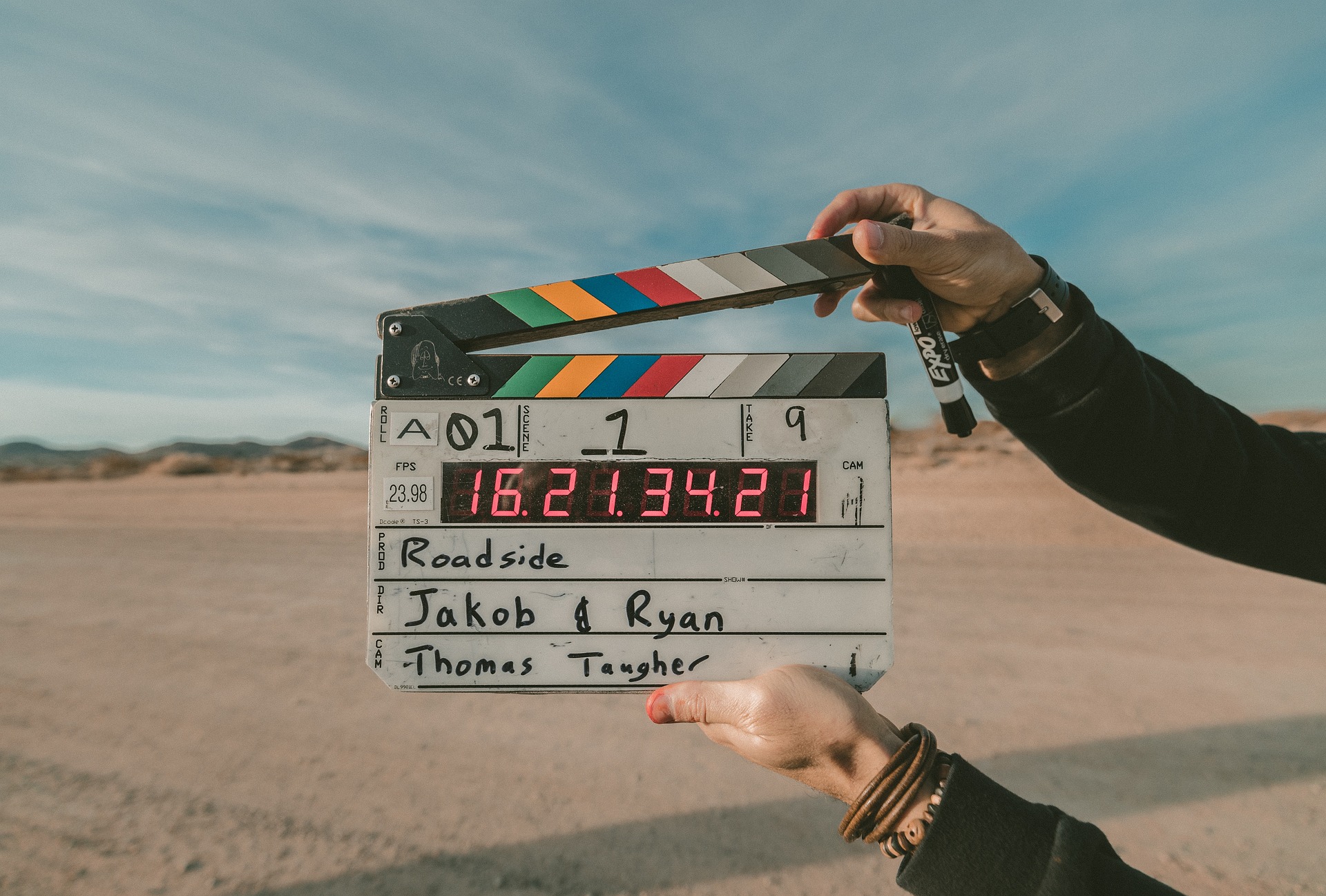The Artistry of Technicolor: An Exploration of its Past, Present, and Future
The art of Technicolor has long captivated audiences, infusing films with a vibrancy that forever changed the cinematic landscape. This article delves into the history of Technicolor, its current relevance, and how it continues to shape the future of film.
Technicolor: The Dawn of a New Era in Film
In the early days of cinema, black-and-white films dominated the screens. It wasn’t until the 1920s that Technicolor, a unique color motion picture process, brought a new level of realism and vibrancy to the industry. Technicolor was a complex, costly, and time-consuming process, but it revolutionized film aesthetics, transforming the monochromatic movie world into a kaleidoscope of colors.
Technicolor’s Golden Age: From The Wizard of Oz to Singin’ in the Rain
The late 1930s to the mid-1950s marked the ‘Golden Age’ of Technicolor. During this period, the method was used in some of the most iconic films in history, including The Wizard of Oz and Singin’ in the Rain. The process became synonymous with high-quality production, and Technicolor’s vivid hues became a distinguishing feature of Hollywood’s biggest blockbusters.
Technicolor in the Modern Film Industry
Despite the advent of more advanced color technologies, the influence of Technicolor persists in the modern film industry. Filmmakers often use it to evoke nostalgia or create visual effects that digital color grading can’t replicate. For instance, La La Land’s vibrant color palette is a homage to the Technicolor films of the mid-20th century.
Technicolor’s Impact and Significance: More than Just a Color Process
Technicolor’s impact extends beyond its technical contributions to film. It revolutionized the way stories were told on the big screen, adding depth to the narrative and enhancing the emotional impact of scenes. Moreover, it allowed for the exploration of themes like fantasy and surrealism, pushing the boundaries of cinematic storytelling.
Technicolor’s Future: An Enduring Legacy
While digital technologies have largely replaced Technicolor, it continues to hold a special place in the heart of the film industry. The process’s distinctive aesthetic and historical significance ensure its enduring relevance. As long as filmmakers continue to value the richness and depth that Technicolor brings, it will remain a vibrant part of cinema’s future.
In conclusion, Technicolor’s journey from an experimental color process to an integral part of film history is a testament to its artistic and technical prowess. Its enduring impact on cinema underscores the power of color in storytelling and the importance of technological innovation in the arts.






